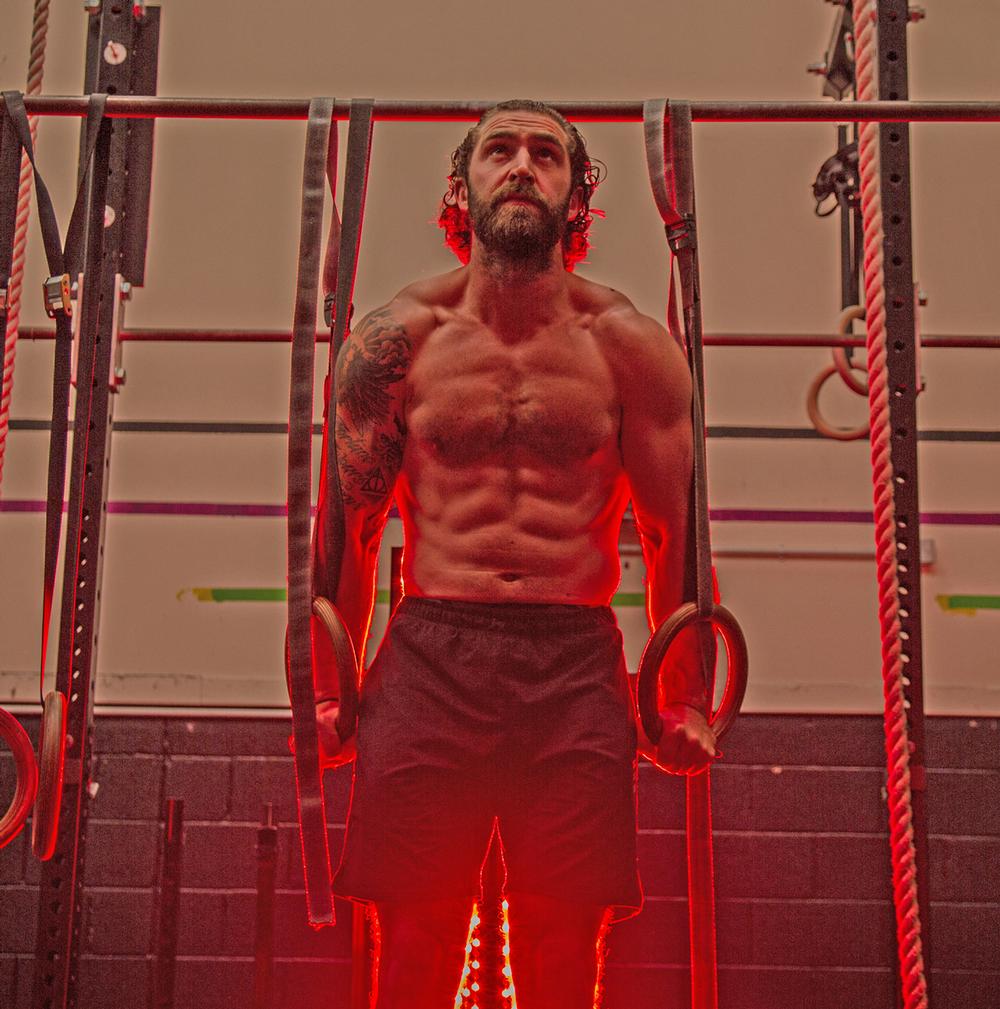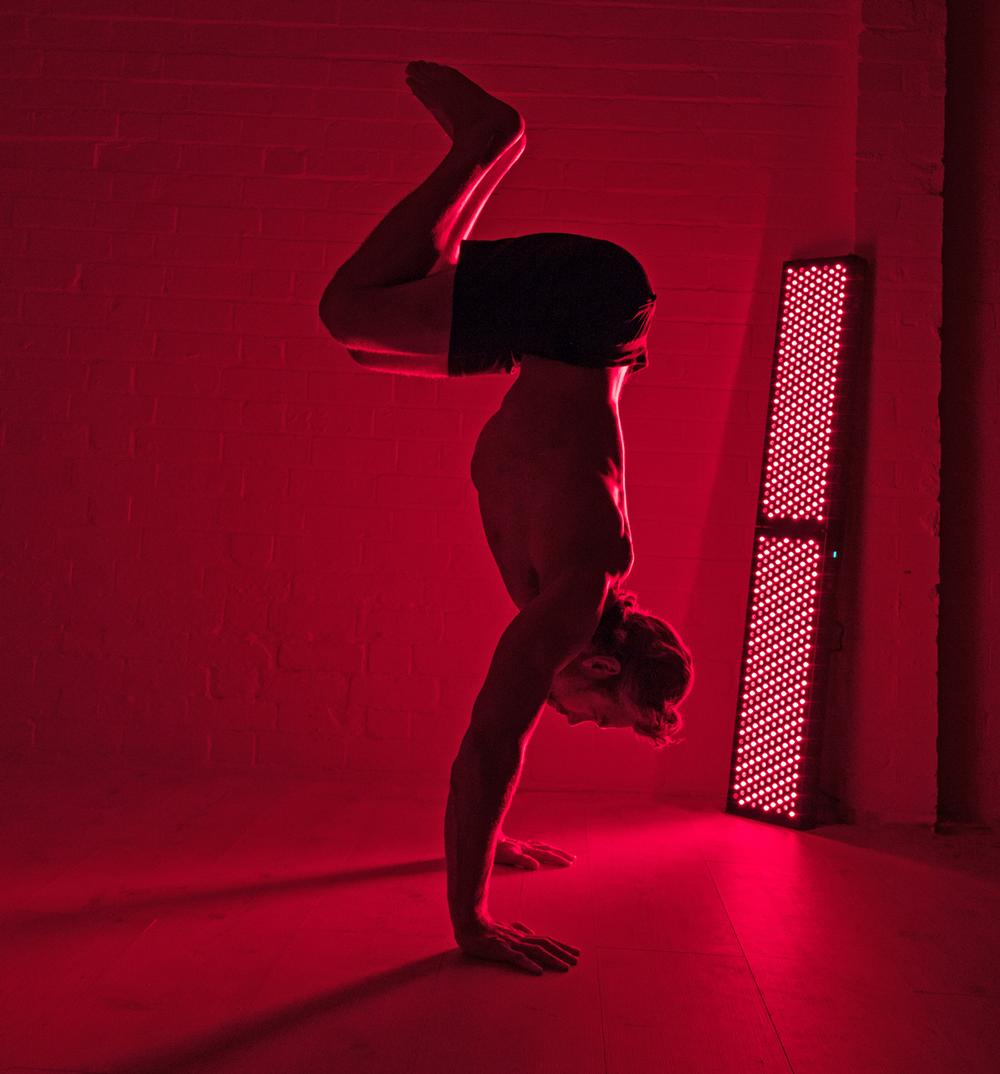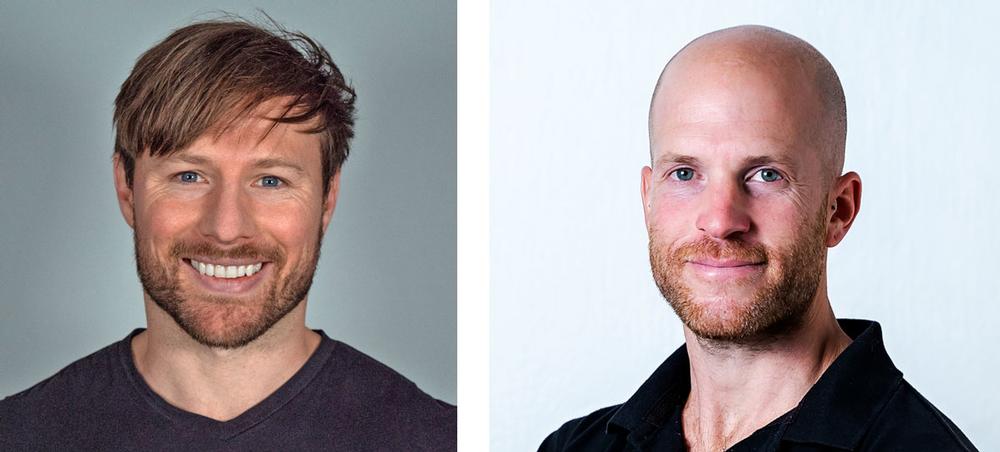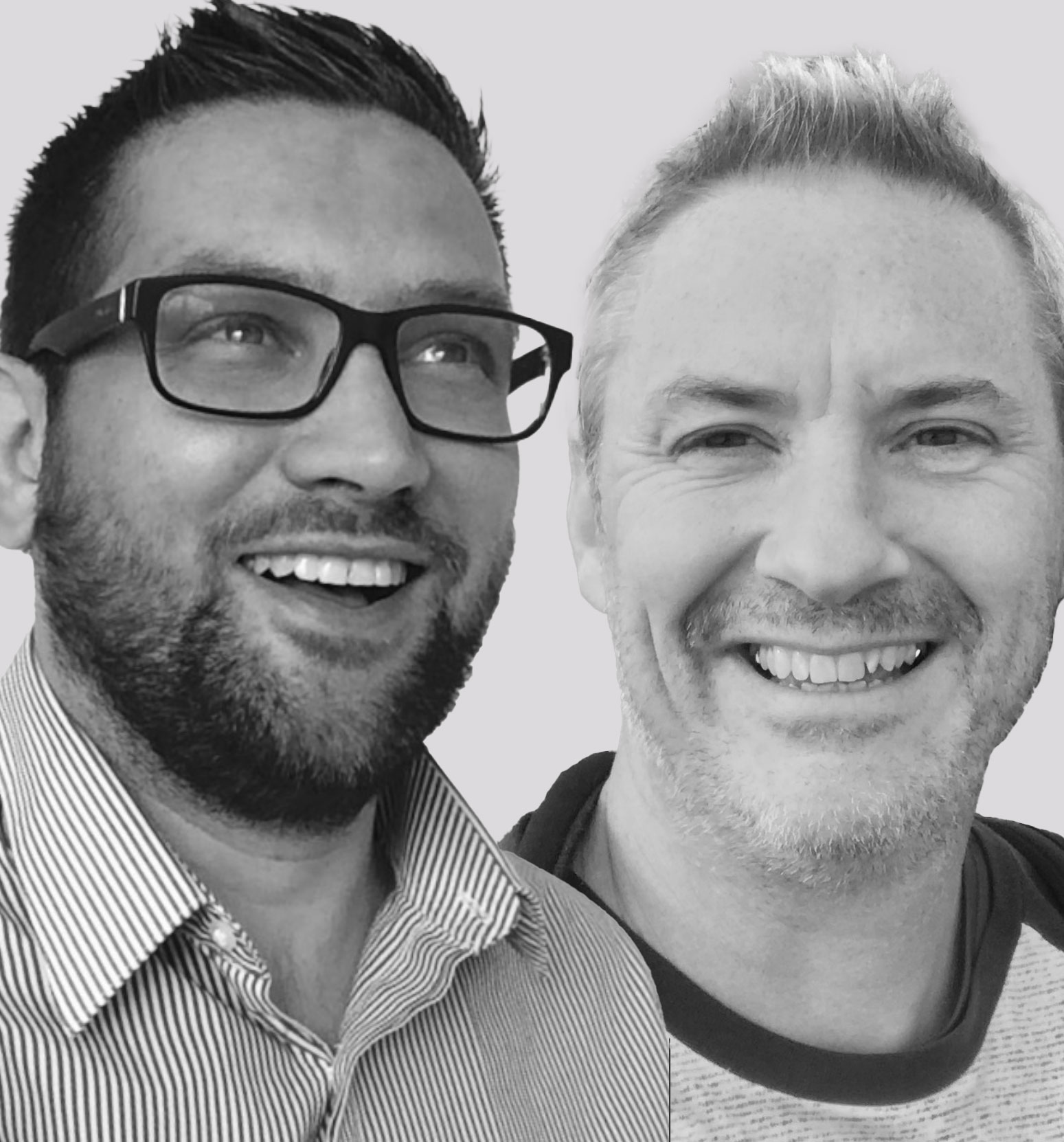How does red light therapy work?
BG/JS: Red light therapy (RLT) is an extremely easy to use, zero-touch, non-invasive form of light therapy that all people can use, that harnesses the powerful healing qualities of red and infrared light. This kind of light, which actually also comes from the sun, is able to penetrate the human body and in doing so, stimulates an increase in cellular energy production and also causes a release of natural anti-inflammatories into the bloodstream.
WP: Light therapy uses LEDs to deliver red and near infrared (NIR) light to a person’s skin and cells. Light intake is crucial for our health. It’s essential for our cellular function and energy production, just like water, sleep, and the nutrients from food.
Wavelengths of healthy light stimulate the mitochondria and help us create vital ATP energy more efficiently, with less inflammation and oxidative stress gunking up the process. That can have a wide range of positive health effects.
What are the benefits?
BG/JS: The benefits are huge! For athletes we see an increase in strength gains, an increase in hypertrophy gains, better endurance, faster recovery after workouts, longer time to failure, more reps, decrease in the onset of DOMS (Delayed Onset Muscle Soreness), reduction in joint pain, better recovery from head injury, reduction in the likelihood of injury, and the list goes on.
For general health we see mood improvements, energy increases, more optimal hormonal balancing, skin healing and rejuvenation, cognitive function improvements, reduction in pain and swelling, deeper and better quality sleep and there are also benefits to eye health.
WP: In terms of fitness and recovery, light therapy treatments have several mechanisms of action on the muscle cells, such as improvements in cellular ATP energy synthesis, glycogen synthesis, oxidative stress reduction, protection against exercise-induced muscle damage and the addition of new myonuclei supporting muscle hypertrophy. All of these beneficial effects of light therapy promote improved physical performance and enhanced post-exercise recovery.
Professional sports teams like the San Francisco 49ers use Joovv light therapy to help their athletes respond to stress and damage more efficiently and effectively. Light therapy treatments improve blood flow to problem areas and help address the inflammation that comes with injuries and strain.
Tell us about red and near infrared light therapy – what’s the difference? Should people use one or both?
BG/JS: Yes! People should definitely use both. They are different kinds of light but the main difference we should know about is the depth of penetration. Red light is only able to penetrate the body to a depth of about 1cm, so the red light is what benefits the skin, hair and nails.
The infrared light is able to penetrate the body to a depth of about 5cm in certain areas and this is the light that will benefit the bones, the blood, the muscles and joints, the brain and everything else deep inside the body.
WP: Red and near infrared (NIR) light have been widely studied and found to be the most beneficial wavelengths when it comes to Photobiomodulation. Generally, all light consists of different wavelengths, which are measured in nanometers (nm).
Red light therapy devices provide red light in the mid-600nm range and near-infrared light in the mid-800nm range. Red light is visible and ideal for skin health and other surface concerns, while near infrared light is invisible to the naked eye and can penetrate deeper into the skin and cells, for greater rejuvenation and healing benefits.
How often should people use red light therapy and for how long?
BG/JS: For the best benefits people should use RLT at least five days a week – sunrise and/or sunset is best and depending on which type of device they have, anywhere from five minutes to 25 minutes will deliver them a sufficient dose of this light energy.
WP: The most important factor is consistency. Each session is typically only 10 minutes per treatment area – increasing to a maximum of 15-20 minutes for any symptomatic areas – however, beyond that, the evidence points to diminishing returns since cells can only absorb so much light at once.
How much reliable evidence is there to support the use of RLT?
BG/JS: There are now thousands of studies showing positive outcomes for RLT from all over the world. The evidence is reliable but science doesn’t stop.
I would like to see more understanding about how to treat the brain and cognitive decline with RLT. So many studies show that RLT has fantastic benefits for all types of brain health but some studies shine the light on the forehead, some on the top of the head, some at the temples and some at the base of the neck. I’d like to see a discovery for the best place to treat the brain with RLT.
WP: Light therapy has been studied and tested in over 1,000 peer-reviewed clinical trials over the last few decades. These studies have demonstrated a wide range of health benefits in various settings, with few associated side effects or risks.
Beyond light therapy’s better-established health benefits, there are a number of emerging clinical areas where light treatments are showing promise. Some of these emerging areas include hormone and thyroid health and further studies are warranted.
What do you most want people to know about RLT?
BG/JS: RLT is such a powerful therapy and our goal is to make it accessible for everyone, from the stay-at-home parent to the pro athlete to the person suffering with some kind of illness. We are all human, and regardless of how we spend our days, RLT can make almost everything much better.
WP: Most people don’t get nearly enough light. We’re inside all the time, especially in the winter – and during the pandemic – and that lack of daily light intake can wreak havoc on our sleep, skin, and general fitness and energy. Adding light therapy is a really simple, convenient way to ensure your body and cells are getting the light they need to thrive.

























































